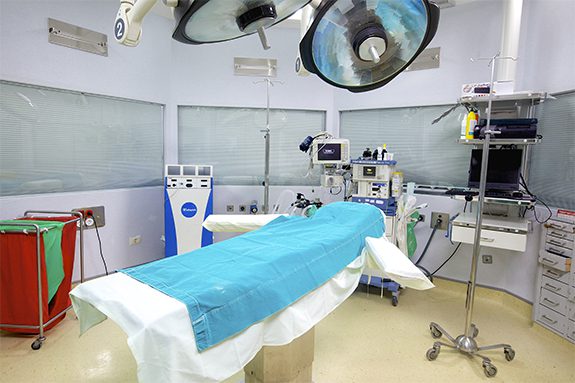Legionella, the bacterium that causes serious illnesses including Legionnaire’s Disease, thrives in contaminated water
News media have publicized periodic incidents since the first cases were recognized in 1976, when an outbreak after a convention held at a Pennsylvania hotel resulted in 29 deaths.
Several recent outbreaks have continued to focus attention on this issue.
- Water system contamination at the Illinois Veterans’ Home in Quincy has sickened dozens of residents since 2015 and has killed at least 13, to date.(Spending $6 million on changes did not resolve the problem, and the state is now moving forward with a $230 million rebuild of the facility, starting with the plumbing.)
- The disease sickened two guests early last year at the Las Vegas Rio All-Suite Hotel and Casino; local officials found Legionella throughout the property’s water system.
- Later in 2017, the Guest House at Graceland, Memphis, was the site of nine cases of the illness, traced to bacteria in the hot tub and swimming pool.
Commercial-scale central air conditioning systems and central domestic hot water systems are vulnerable, especially in hotels, hospitals and other healthcare facilities, and commercial office buildings. Sometimes the source of a problem may not be the building’s central domestic water systems or cooling towers, but rather an amenity such as a decorative fountain or whirlpool spa, where contaminated water is easily aerosolized. Outbreaks entail legal exposure as well as the risk of business interruption.
The current state of the art for Legionella prevention is ANSI/ASHRAE Standard 188-2018, Legionellosis: Risk Management for Building Water Systems.
Implications for Healthcare Facilities
Last year, The Center for Medicare & Medicaid Services (CMS) — part of the federal Department of Health & Human Services — focused renewed attention on Legionella by issuing new requirements for preventing and reducing its spread in healthcare facilities. Hospitals and nursing facilities participating in Medicare must now implement policies and procedures that reduce the risk of growth and spread of Legionella and other opportunistic pathogens in building water systems. The CMS rule encompasses plumbing (domestic water) systems and devices connected to them, including whirlpool spas, humidifiers, decorative fountains, and cooling towers.
The CMS memorandum “Requirement to Reduce Legionella Risk in Healthcare Facility Water Systems to Prevent Cases and Outbreaks of Legionnaires’ Disease (LD)” became effective on June 2, 2017. It expands on the current Standard of Care provided in ANSI/ASHRAE Standard 188-2018.
Facilities covered by the CMS memorandum must implement water management programs based on ANSI/ASHRAE Standard 188-2018, as well as the Centers for Disease Control’s toolkit publication “Developing a Water Management Program to Reduce Legionella Growth & Spread in Buildings: A Practical Guide to Industry Standards.”
The new rule requires control measures such as “physical controls, temperature management, disinfectant level control, visual inspections, and environmental testing for pathogens.” Accrediting organizations will enforce the rule by surveying healthcare facilities and citing those that do not comply.
Implications for Senior Living Facilities
Though the CMS memorandum only affects Medicare-participating healthcare and nursing facilities, its advice is broadly applicable to all kinds of sites with commercial domestic water systems, which continue to be covered under ANSI/AHRAE Standard 188-2018. People over age 50 are considerably more susceptible than younger people.
According to the CDC, “Assisted living facilities, senior living facilities, and – group homes often house at-risk populations and can have large, complex building water and plumbing systems. Because residents may have limited or no exposures outside these facilities, it is important to consider these facilities as likely sources in outbreak investigations. These facilities should all have effective water management programs.”
Implications for Hotels and Other Commercial Properties
ANSI/ASHRAE Standard 188-2018 also applies to these types of facilities. In particular, hot tubs/spas, swimming pools, and fountains may be sources of contamination. However, as with other building types, the bacteria may occur more generally, especially in central air conditioning and domestic hot water systems.
Resources for Guidance
Because ANSI/ASHRAE Standard 188-2018 can be a bit difficult to understand, G/BA recommends downloading and studying the Centers for Disease Control’s toolkit publication “Developing a Water Management Program to Reduce Legionella Growth & Spread in Buildings: A Practical Guide to Industry Standards.” This publication summarizes the ANSI/ASHRAE Standard and is a great first step for implementing a program to manage Legionella in your building’s water systems. The toolkit includes useful information, such as the steps to an effective water management program diagrammed below.

G/BA can also help you deal with Legionella risk in your building or campus. Contact Joe Ficek, leader of our experienced plumbing engineering team, at jficek@grummanbutkus.com.



